Peer Reviewed by Ben Velazquez, B.S., MFS, LST, CSCS, ACSM-ES, ISSA-SPN
The world of postural health and movement therapy lost a visionary last year with the passing of Dr. Guy Voyer. Renowned for his groundbreaking work on the spine and fascial stretching techniques, Dr. Voyer’s contributions have left an indelible mark on the field. His most notable creation, ELDOA (Étirements Longitudinaux avec Decoaptation Osteo-Articulaire), continues to help countless individuals improve their posture, relieve pain, assist with balance, proprioception, and enhance their overall well-being. His methods have benefited the general public and helped many elite athletes, such as soccer legend Zinedine Zidane, golf champion Tiger Woods, basketball star Klay Thompson, hockey player Martin Havlat, and countless other elite, professional, and Olympian sports figures.
The Life and Legacy of Dr. Guy Voyer
Dr. Guy Voyer began his career as a physical trainer before transitioning into a distinguished medical career. His early work included training prominent French bodybuilders such as Francis Benfatto and Serge Nubret. Driven by a deep passion for understanding human anatomy, biomechanics, and the interconnectedness of the body’s systems, he became a French osteopath, orthopedic surgeon, and movement specialist. His desire to go beyond conventional practices shaped Dr. Voyer’s unique approach to therapy and movement.
Over his extensive career, Dr. Voyer developed a comprehensive approach to treating the body by integrating his knowledge of osteopathy, physical therapy, and fascial stretching. His quest for deeper anatomical and biomechanical understanding led him to create several innovative therapeutic methods. Among them, ELDOA stands out as a unique series of postural exercises specifically designed to target individual segments of the spine and other joints in the body, emphasizing both decompression and strengthening.
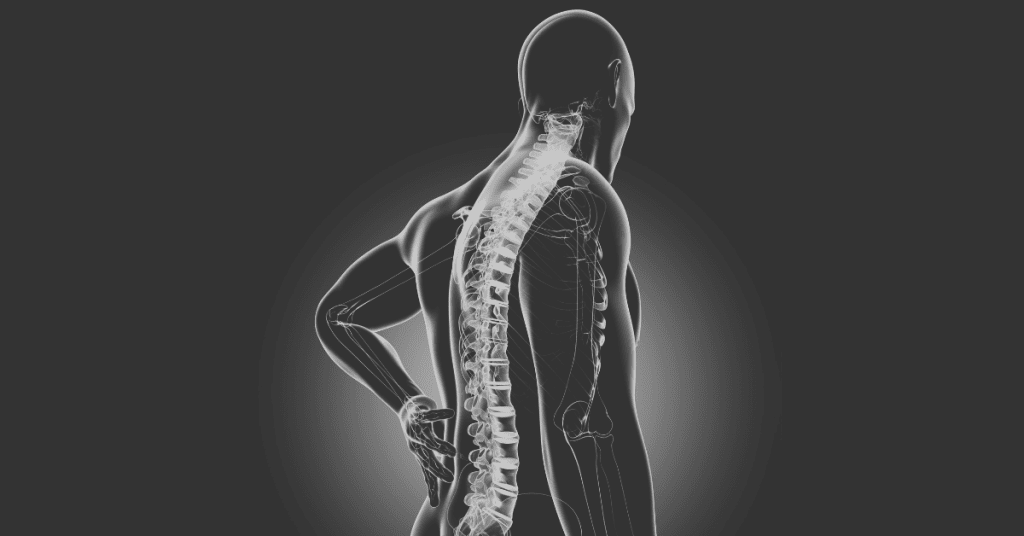
The Invention of ELDOA: A Vision for Spinal Health
ELDOA, which stands for “Longitudinal Osteo-Articular Decoaptation Stretches,” was created by Dr. Voyer in the early 1990s as a revolutionary approach to spinal care. The concept behind ELDOA was born from Dr. Voyer’s extensive knowledge of spinal anatomy and his desire to develop a method to holistically address spinal disc compression, poor posture, and related musculoskeletal issues.
Unlike traditional stretching or spinal manipulation techniques, ELDOA focuses on creating “decoaptation” or decompression at specific joint levels of the spine. By strategically positioning the body and using fascial tension to generate a decompressive effect, ELDOA exercises can increase the space between vertebrae, improving blood flow, reducing pain, and enhancing spinal alignment. Furthermore, ELDOA helps reinforce the deep spinal stabilizers, which are crucial for maintaining good posture, while also improving the flow of information from the spine to the brain.
The Impact of ELDOA on Athletes and Everyday Individuals
Dr. Voyer’s biomechanics and movement therapy expertise extended far beyond the clinic or training room. His ELDOA method has played a crucial role in the success of numerous athletes across various sports. ELDOA exercises have become a fundamental tool for many, from Zidane’s mastery on the soccer field to Tiger Woods’ longevity in golf, as they aim to enhance their performance, reduce injury risk, and maintain overall spinal health.
Beyond the world of professional sports, ELDOA has gained widespread recognition for its benefits to everyday individuals. By incorporating specific ELDOA exercises, people can improve their spinal alignment, relieve back pain, and enhance their postural health, improving their quality of life.
Sample Daily Postural ELDOA Protocol
Incorporating a daily ELDOA protocol can be highly beneficial for a healthy, non-injured person. Below is a sample ELDOA routine:
- 5-Minute Warm-Up: Start with gentle marching to increase blood flow and prepare the body.
- Targeted ELDOA Exercises:
– T6/T7: Focus on creating space between the thoracic vertebrae.
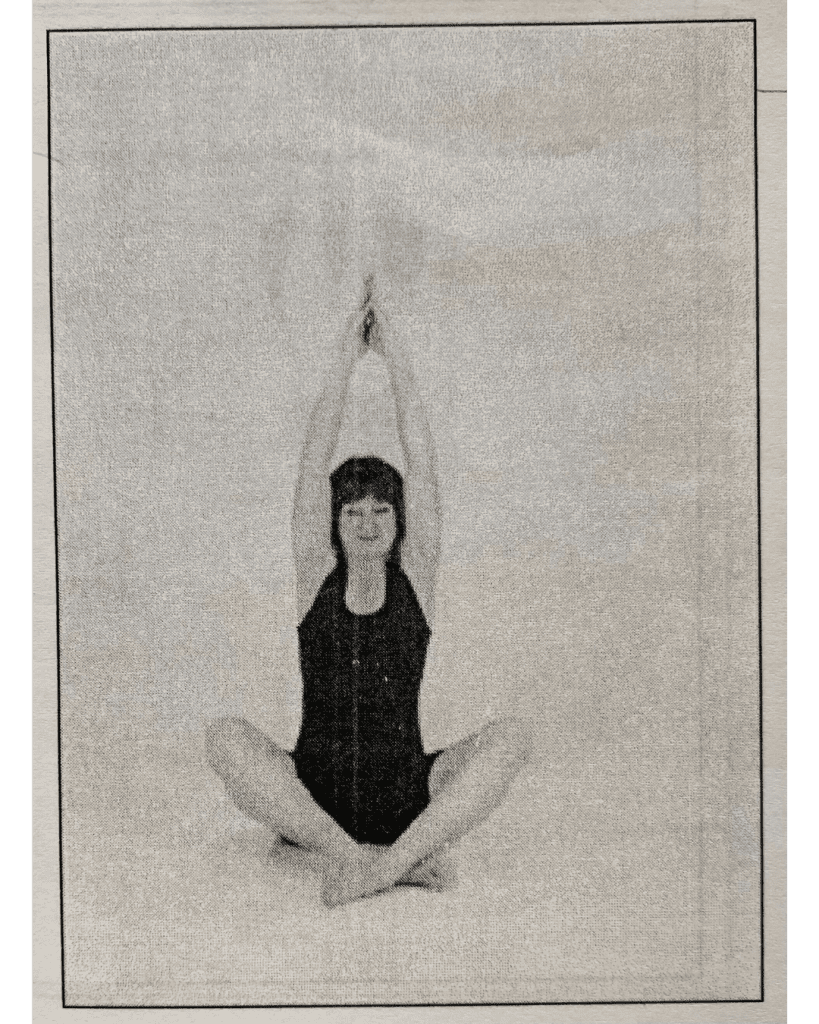
– C4/C5: Aimed at the cervical spine to improve neck posture and reduce tension.
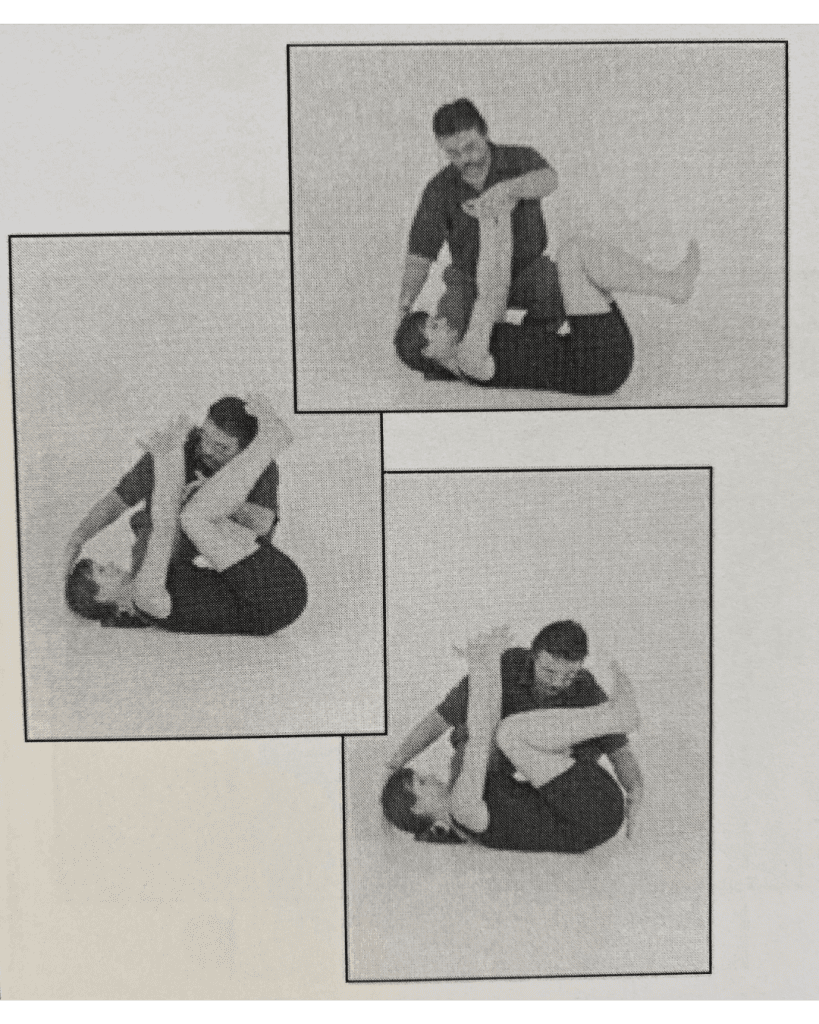
– L5/S1: Addresses the lumbar spine, providing decompression and alleviating lower back discomfort.
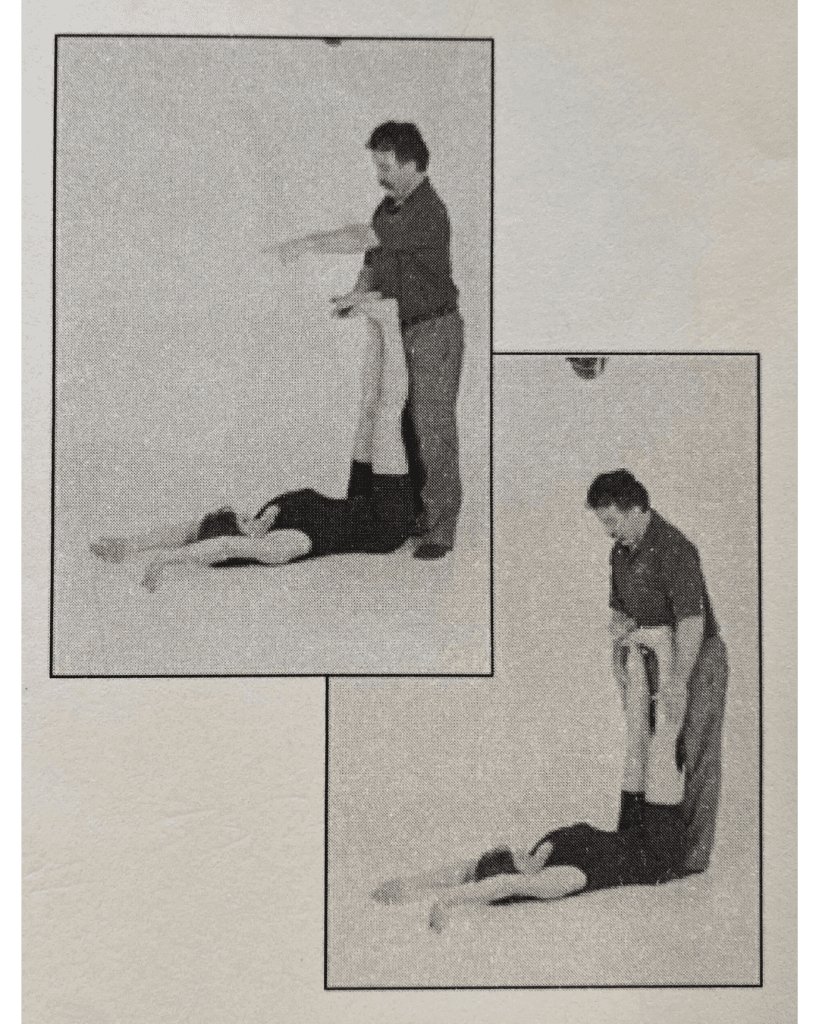
These exercises help maintain an already healthy spine and improve postural alignment by creating space in the joints and strengthening the stabilizers.
Conclusion
Dr. Guy Voyer’s ELDOA method stands as a testament to his lifelong dedication to understanding the human body and his innovative spirit in the field of postural health. His work continues to inspire practitioners and individuals worldwide, making a significant difference in both athletic performance and daily well-being. As we continue to practice and share ELDOA, we honor Dr. Voyer’s legacy and his contributions to the world of movement therapy.
To book an event or to learn more about speaking engagements, email ashleigh@uplift-gym.com and/or Ben@benvelazquez.com.
Stay Connected! Follow Ashleigh and Ben at @up_lift_gym and @benvelazqueznyc.


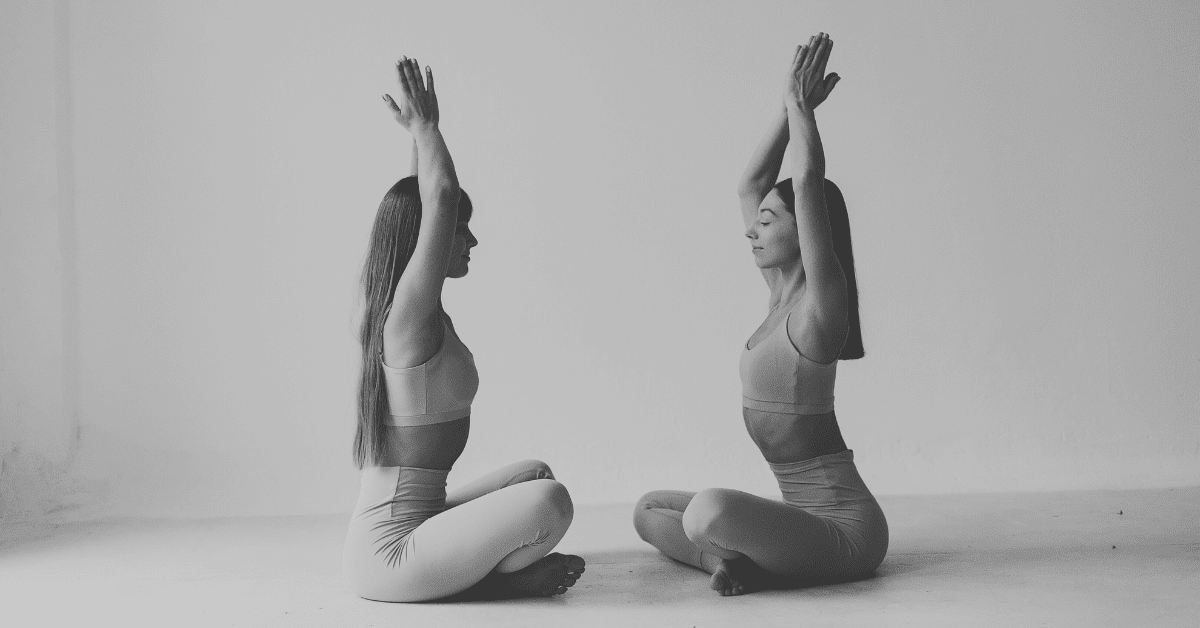


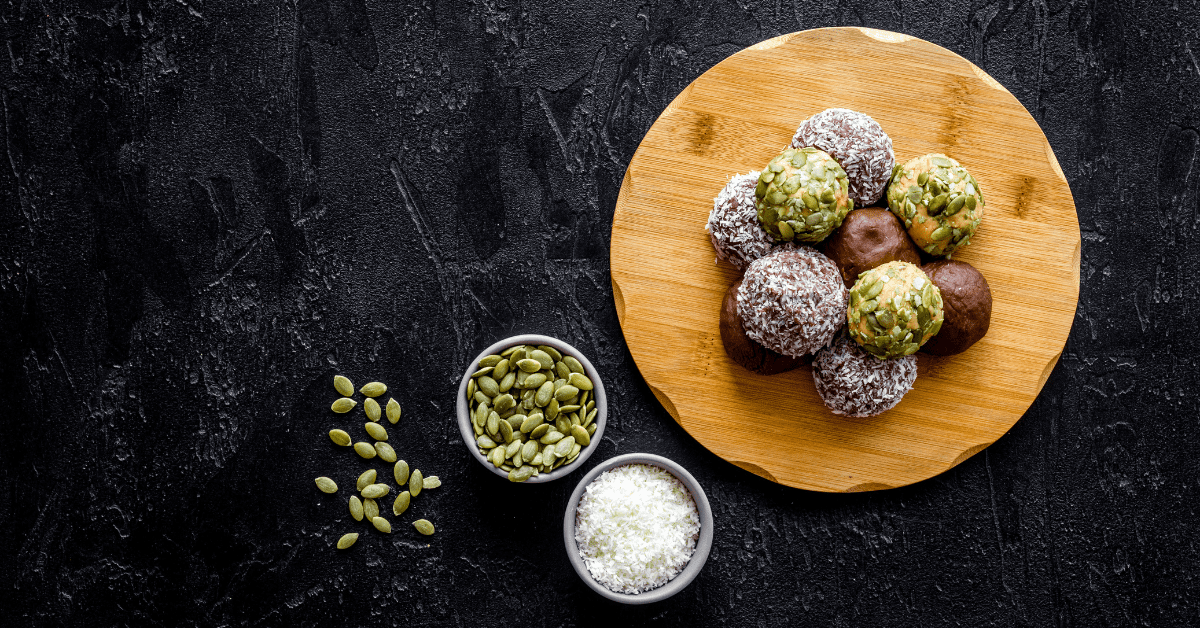
0 Comments